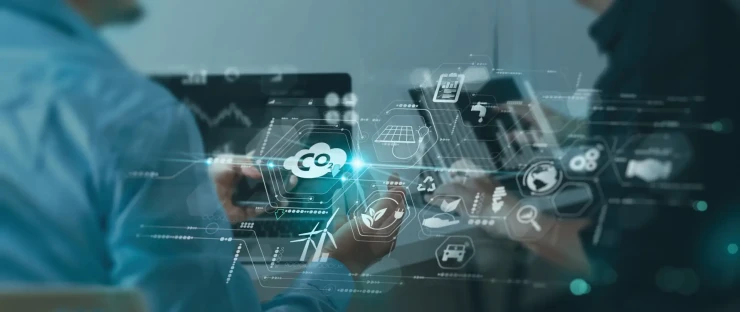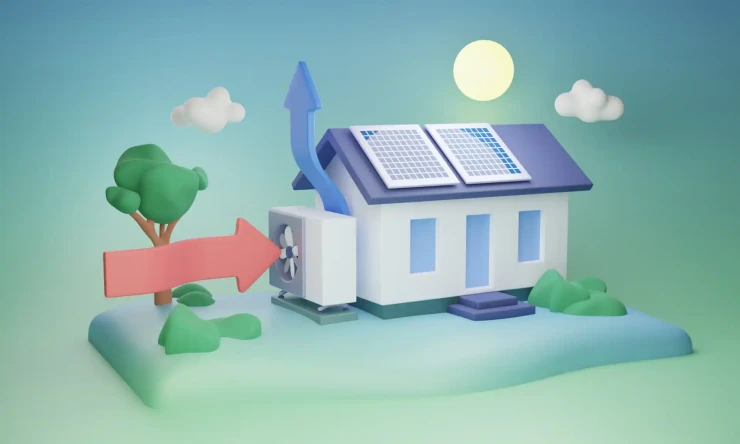Homeowners invest in solar panels to decrease their pollution and carbon emissions. Many of them may wonder what happens to a solar energy system when it is no longer in use. Storms, natural disasters and sold real estate affect a panel’s life expectancy.
If people believe their panels have expired, they may send them to a landfill, generating ecologically harmful waste. Many individuals dispose of them too early when efficiency levels remain high. You can reduce waste and shrink your carbon footprint by investing in secondhand solar panels.
Secondhand Panel Demands
Secondhand solar purchases are new in the industry. Though many individuals are unaware of its existence, it aids in panels’ lifelong sustainability. When owners no longer use their renewable energy system, improper disposal decreases environmental protection.
Various panel elements are recyclable, including metal, glass and wiring. Silicon cells are essential to energy production, but they also contain complex parts to dispose of.
Silicon wafers are nonrecyclable like other panel materials, and engineers discovered a repurposing method for them. Certain facilities can melt down the cells, extracting silicone and metals for reuse. The cells also contain cadmium and lead, which degrade the environment when improperly disposed of or recycled.
When individuals discover the extent of recycling panels and the potential ecological harms, they turn to secondhand versions. The demand for reused panels also increased through the COVID pandemic and following the Texas power outages. Residents want to remove themselves from the grid for a reasonable price.
COMPARE PRICES FROM LOCAL INSTALLERS
Compare prices from local companies fast & free
Enter your postcode to compare quotes from leading professionals. We promise to keep your information Safe & Secure. Privacy Policy
Benefits
Thrifted panel demands additionally derive from renewable energy first-timers. Used panels generally have a shorter life expectancy and are cost-efficient. If homeowners want to explore solar benefits without less of a commitment, they can try going secondhand.
1. Emission Reduction
Previously used panel purchases provide various benefits to homeowners. They help customers reduce their carbon emissions. Solar systems rely on nondepletable sunlight, meeting all residential energy demands.
2. Waste Reduction
The panels also reduce waste. If homeowners who bought new systems live in a shaded or less efficient region, they may get rid of them. Rather than generating waste in a landfill, thrifted systems receive a second life.
3. Cost-Efficient Energy Bill
Secondhand systems significantly reduce the owner’s energy bills. New panels cost $300 apiece, averaging $2.67 per watt. A used one can cost $75 and average 25 cents per watt. If you are hoping to power your entire property, you can purchase more thrifted systems for less.
4. Appliance Support
Installing used solar panels also opens the door for other renewable devices. Once you put a secondhand system into place, you can utilize a solar water heater. The more appliances you connect to your system, the smaller your carbon footprint becomes.
You can additionally utilize a solar thermal chiller after installing thrifted panels. The emission-free system uses up to 90% less energy than conventional air conditioners. Energy-efficient appliances help preserve your solar system, reducing stress.
Electric vehicle solar charging ports are on the rise. The transportation sector accounts for the most significant portion of global greenhouse gas emissions. You can reduce your emissions when connecting your home charging port to a secondhand solar system.
5. Technological Advancements
Solar panels have an efficiency rate of 20% on average, and technological advancements will boost that number. Purchasing a panel system close to its expiration date gives owners the freedom to acquire new technology when they hit the market.
Challenges
All used purchases come with some limitations. Thrifted panels benefit the environment and a customer’s wallet when in adequate condition. You always run the risk of purchasing a malfunctioning system when acquiring secondhand goods.
1. Decreased Efficiency
Solar panel efficiency decreases with age. The rate of degradation depends on the tier or panel type. Tier one panels degrade at .30%, reaching 93.04% efficiency over 25 years. The third-tier panels degrade to 82.47%
2. Damage and Imperfections
Damage and imperfections are difficult to spot. If a panel contains internal moisture from cracks or malfunctions, the voltage output will fluctuate, interfering with energy demands. Other issues may interfere with efficiency rates or cause zero energy.
3. No Company Backing
Unlike purchasing panels from a company, used versions lack warranty backing. If the equipment has issues and needs repairs, it is on your dime. Though solar maintenance costs dropped significantly in the past few years, they are more costly than complimentary repairs from the sales or installation company.
4. Out-of-Pocket Installations
Many solar companies conduct the installation. When you purchase new, the provider calculates this into your cost and sends professionals to your home. Used solar panels lack a setup crew, leading individuals to pay out-of-pocket for mounting and wiring.
5. Transportation Expenses
Similar to installations, companies pay for system transportation following a new purchase. If you buy used solar panels, you are responsible for transporting the devices. You may hire a moving team to transport the system, ensuring its safety throughout the trip.
First Step
If you have weighed the pros and cons of purchasing used solar panels and decided to follow through, you may want to contact a renewable energy consultant. They can evaluate the age, efficiency and condition of the system before you make the purchase. When the professional gives you the go-ahead, you may install your panels and experience the environmental and financial benefits.





























